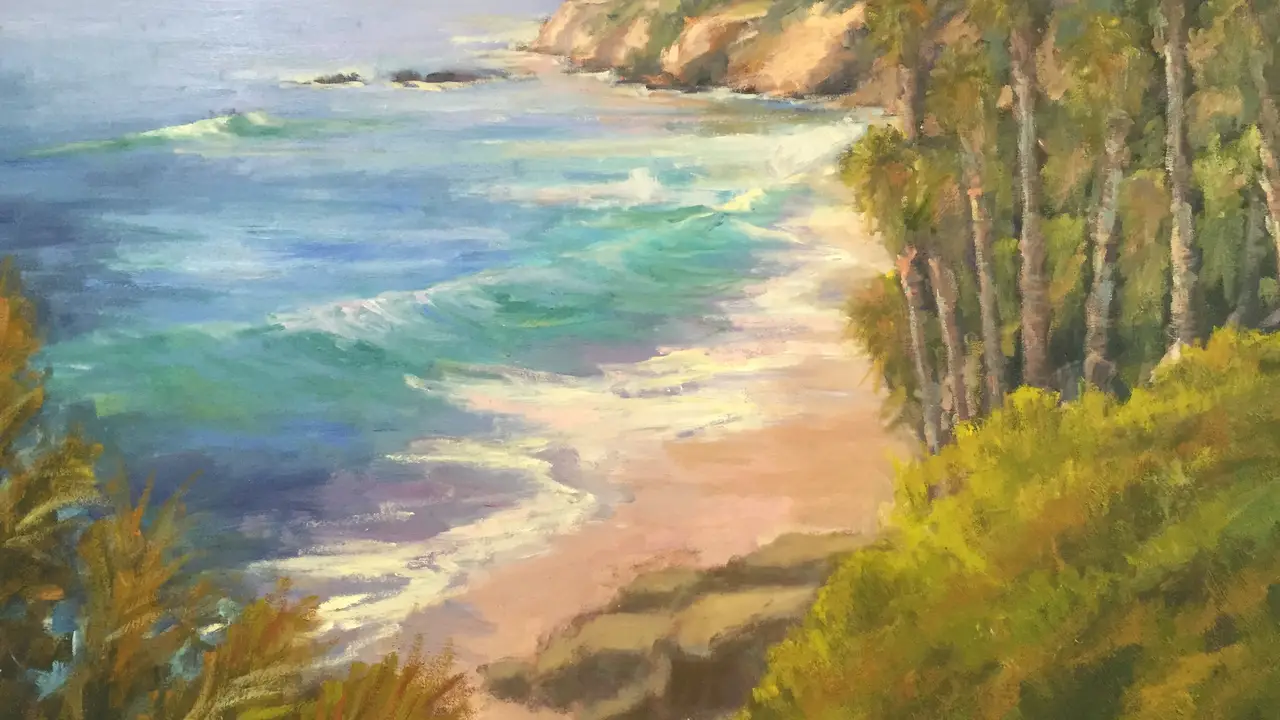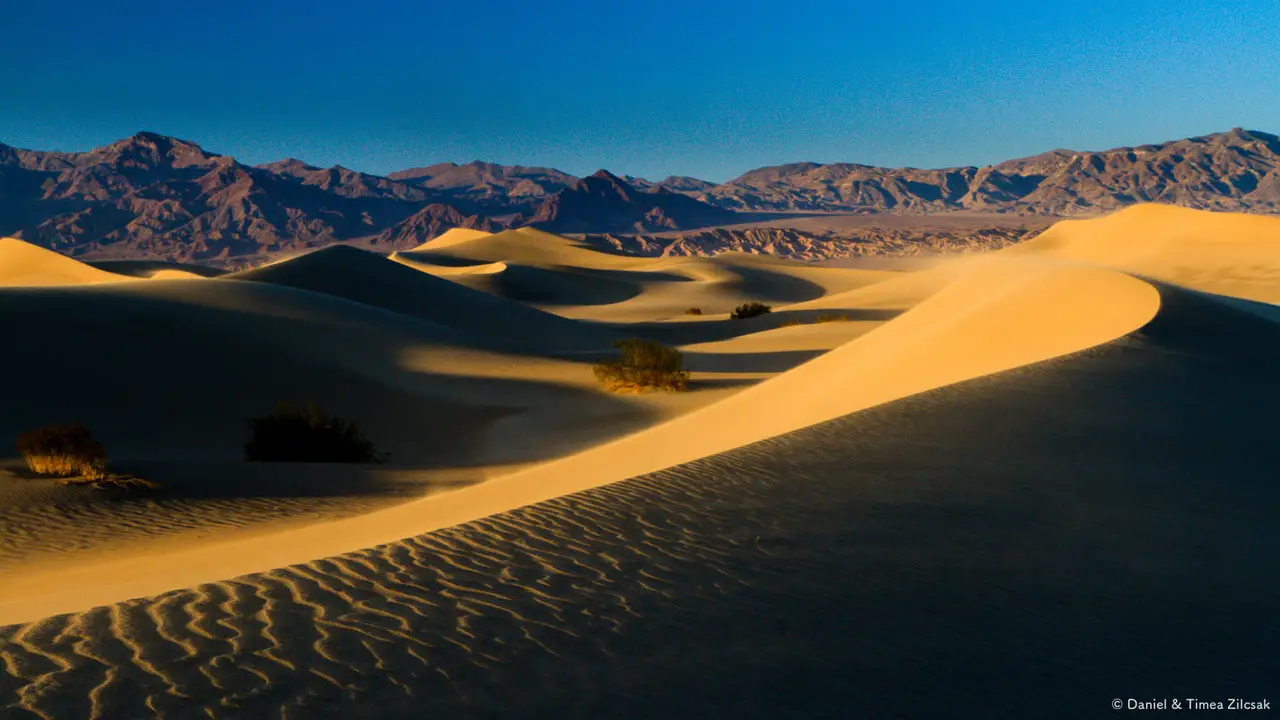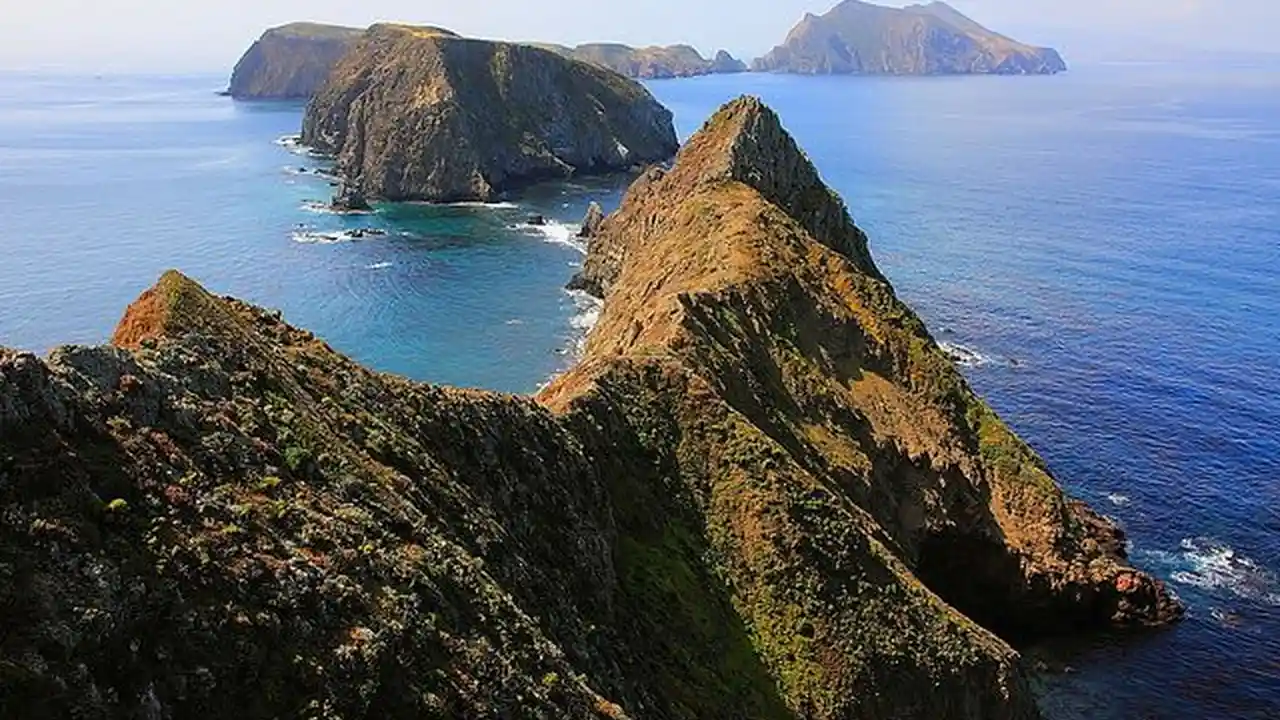Anza-Borrego Desert_ Springtime Wildflower Bloom

Exploring the Anza Borrego Desert A Springtime Spectacle
The Anza-Borrego Desert, a vast and arid landscape in Southern California, transforms into a vibrant tapestry of color each spring. The springtime wildflower bloom is a truly remarkable phenomenon, attracting nature enthusiasts, photographers, and casual observers alike. This guide will delve into the intricacies of this spectacular event, covering everything from the best times to visit and ideal locations to explore, to the underlying ecological factors that contribute to this breathtaking display.
Imagine miles of open desert floor suddenly bursting forth with a kaleidoscope of hues. Poppies, desert lilies, lupines, and countless other species paint the landscape in shades of orange, yellow, purple, and white. The air is filled with the sweet fragrance of blossoms, and the buzzing of bees and the flutter of butterflies add to the sensory overload. This is the Anza-Borrego Desert in full bloom, a sight that must be seen to be believed.
Planning Your Anza Borrego Wildflower Adventure Timing is Everything
Predicting the precise timing and intensity of the wildflower bloom can be challenging, as it is heavily dependent on winter rainfall. Generally, the bloom occurs between late February and early April, but the peak period can vary significantly from year to year. Monitoring weather patterns and consulting local resources is crucial for planning your visit.
Several factors influence the bloom's success. Adequate rainfall throughout the winter months is essential, providing the necessary moisture for seeds to germinate and plants to thrive. The timing of the rainfall is also important, with consistent precipitation being more beneficial than sporadic downpours. Temperature also plays a role, with mild temperatures promoting healthy growth.
To stay informed about the current bloom conditions, check the Anza-Borrego Desert State Park website, follow local news outlets, and consult online wildflower reports. These resources will provide valuable insights into the best times and locations to witness the peak bloom.
Prime Locations for Wildflower Viewing Unveiling Desert Gems
The Anza-Borrego Desert State Park offers numerous locations to witness the wildflower bloom, each with its own unique characteristics and attractions. Some of the most popular spots include:
- Borrego Palm Canyon: This iconic canyon is home to a lush oasis and often boasts a vibrant display of wildflowers. The easy hiking trail makes it accessible to visitors of all ages and abilities.
- Henderson Canyon Road: This scenic drive offers stunning views of the desert landscape, with fields of wildflowers stretching as far as the eye can see. It's a great option for those who prefer to explore by car.
- Desert Gardens: This area is known for its diverse array of wildflowers, including poppies, desert lilies, and lupines. The relatively flat terrain makes it ideal for walking and exploring.
- Coyote Canyon: This remote canyon offers a more secluded wildflower viewing experience. The rugged terrain requires a four-wheel-drive vehicle, but the rewards are well worth the effort.
- Anza-Borrego Desert State Park Visitor Center Area: Even right around the visitor center, you can often find blooming flowers, making it a great starting point for your wildflower adventure.
Remember to stay on designated trails to protect the delicate desert ecosystem. Avoid trampling on the wildflowers and be mindful of your surroundings.
Essential Gear and Preparation Ensuring a Safe and Enjoyable Experience
Before embarking on your wildflower adventure, it's crucial to prepare adequately. The desert environment can be harsh, so it's essential to pack the right gear and take necessary precautions.
- Water: Carry plenty of water to stay hydrated, especially during warmer months. The desert sun can be intense, and dehydration can quickly become a serious issue.
- Sunscreen: Protect your skin from the sun's harmful rays by applying sunscreen liberally and frequently.
- Hat and Sunglasses: Shield your head and eyes from the sun with a wide-brimmed hat and sunglasses.
- Appropriate Clothing: Wear lightweight, breathable clothing that covers your skin. Long sleeves and pants can help protect you from sunburn and insect bites.
- Hiking Boots: Wear sturdy hiking boots to provide support and traction on uneven terrain.
- Map and Compass/GPS: Familiarize yourself with the area and carry a map and compass or GPS device to navigate.
- First-Aid Kit: Pack a basic first-aid kit to treat minor injuries.
- Camera: Don't forget your camera to capture the beauty of the wildflower bloom.
Be aware of the potential hazards of the desert environment, such as extreme temperatures, dehydration, and wildlife. Stay on designated trails, avoid approaching wildlife, and be mindful of your surroundings.
Understanding the Desert Ecosystem The Science Behind the Bloom
The Anza-Borrego Desert is a unique and fragile ecosystem, and the wildflower bloom is an integral part of its ecological cycle. Understanding the underlying factors that contribute to this phenomenon can enhance your appreciation for the desert's beauty and resilience.
The desert's flora is adapted to survive in extreme conditions, with many plants employing strategies to conserve water and withstand intense heat. Some plants have deep roots that tap into underground water sources, while others have succulent leaves that store water. Many desert plants are also able to tolerate high levels of salinity in the soil.
The wildflower bloom is triggered by a combination of factors, including winter rainfall, temperature, and day length. The seeds of many desert wildflowers lie dormant in the soil for years, waiting for the right conditions to germinate. When sufficient rainfall occurs, the seeds sprout and the plants rapidly grow and bloom, taking advantage of the available moisture.
The wildflower bloom plays a crucial role in supporting the desert's fauna. The flowers provide nectar and pollen for pollinators, such as bees, butterflies, and hummingbirds. The seeds of the wildflowers also provide food for birds and rodents. The bloom also attracts herbivores, such as desert bighorn sheep and mule deer, which graze on the vegetation.
Capturing the Beauty Photography Tips for Wildflower Enthusiasts
The Anza-Borrego Desert wildflower bloom provides endless opportunities for stunning photography. Whether you're a seasoned professional or a casual enthusiast, these tips can help you capture the beauty of this natural spectacle.
- Golden Hour: The best time to photograph wildflowers is during the golden hour, the period shortly after sunrise and before sunset. The soft, warm light of the golden hour creates a magical atmosphere and enhances the colors of the flowers.
- Composition: Pay attention to composition to create visually appealing images. Use the rule of thirds, leading lines, and other compositional techniques to guide the viewer's eye.
- Depth of Field: Experiment with depth of field to create different effects. A shallow depth of field can isolate a single flower and create a dreamy, blurred background, while a deep depth of field can capture the entire landscape in sharp focus.
- Macro Photography: Get up close and personal with the wildflowers using a macro lens. Macro photography allows you to capture intricate details that are often missed by the naked eye.
- Weather Conditions: Be mindful of the weather conditions. Overcast skies can provide soft, even lighting, while sunny days can create harsh shadows. Use a polarizing filter to reduce glare and enhance colors.
- Protect the Flowers: Be respectful of the environment and avoid trampling on the wildflowers. Stay on designated trails and use a telephoto lens to capture images from a distance.
Beyond the Blooms Exploring Other Desert Delights
While the wildflower bloom is undoubtedly the main attraction, the Anza-Borrego Desert offers a wealth of other attractions and activities to enjoy. From hiking and camping to stargazing and wildlife viewing, there's something for everyone in this diverse and fascinating landscape.
- Hiking: Explore the desert's canyons, mountains, and valleys on foot. Numerous hiking trails offer varying levels of difficulty, from easy nature walks to challenging climbs.
- Camping: Spend a night or two under the stars at one of the park's designated campgrounds. Camping allows you to immerse yourself in the desert's tranquility and experience its natural beauty up close.
- Stargazing: The Anza-Borrego Desert is a designated International Dark Sky Park, offering unparalleled stargazing opportunities. Escape the city lights and marvel at the Milky Way and countless other celestial wonders.
- Wildlife Viewing: Keep an eye out for the desert's diverse wildlife, including desert bighorn sheep, mule deer, coyotes, roadrunners, and various species of birds and reptiles.
- Galleta Meadows Sculptures: Discover the whimsical sculptures of Ricardo Breceda, scattered throughout the desert landscape. These larger-than-life metal sculptures depict prehistoric animals, mythical creatures, and historical figures.
- Borrego Springs: Visit the charming town of Borrego Springs, located in the heart of the desert. Explore the local shops, restaurants, and art galleries, and learn about the area's history and culture.
Supporting Local Businesses and Conservation Efforts Responsible Tourism
When visiting the Anza-Borrego Desert, it's important to be a responsible tourist and support local businesses and conservation efforts. By doing so, you can help ensure that this unique and fragile ecosystem is preserved for future generations.
- Shop Local: Support local businesses by purchasing souvenirs, food, and supplies from shops and restaurants in Borrego Springs and other nearby communities.
- Respect the Environment: Stay on designated trails, avoid trampling on the wildflowers, and pack out all of your trash.
- Conserve Water: Be mindful of your water usage and conserve water whenever possible.
- Support Conservation Organizations: Donate to conservation organizations that are working to protect the Anza-Borrego Desert and its wildlife.
- Educate Yourself: Learn about the desert's ecosystem and the challenges it faces. Share your knowledge with others and encourage them to be responsible tourists.
Product Recommendations for Your Desert Adventure
To make your Anza-Borrego Desert adventure even more enjoyable and safe, consider investing in some high-quality gear. Here are a few product recommendations to enhance your experience:
Hydration Pack Recommendation: CamelBak Mule
Use Case: Staying hydrated during hikes is crucial. The CamelBak Mule is a reliable hydration pack, perfect for carrying water and essentials.
Product Comparison:
- CamelBak Mule vs. Osprey Talon 22: The Mule focuses more on hydration, while the Talon 22 offers more storage space. Choose based on your priority.
- CamelBak Mule vs. Hydro Flask Unbound 21L: The Hydro Flask offers better temperature regulation but is heavier. The Mule is lighter and more streamlined.
Details: The CamelBak Mule offers 3 liters of water capacity, multiple storage pockets, and a comfortable fit. It's durable and designed for outdoor adventures. Price: Approximately $120.
Sunscreen Recommendation: EltaMD UV Clear Broad-Spectrum SPF 46
Use Case: Protecting your skin from the intense desert sun is essential. EltaMD UV Clear is a dermatologist-recommended sunscreen.
Product Comparison:
- EltaMD UV Clear vs. La Roche-Posay Anthelios Melt-In Sunscreen Milk: La Roche-Posay is more moisturizing, while EltaMD is better for acne-prone skin.
- EltaMD UV Clear vs. Supergoop! Unseen Sunscreen: Supergoop! has a primer-like texture, while EltaMD offers more broad-spectrum protection.
Details: EltaMD UV Clear is oil-free, non-comedogenic, and provides broad-spectrum protection against UVA and UVB rays. It's suitable for all skin types. Price: Approximately $36.
Hiking Boots Recommendation: Salomon X Ultra 4 GTX
Use Case: Providing support and traction on uneven terrain. The Salomon X Ultra 4 GTX are durable and waterproof hiking boots.
Product Comparison:
- Salomon X Ultra 4 GTX vs. Merrell Moab 2 Vent: The Salomon offers better ankle support, while the Merrell is more breathable.
- Salomon X Ultra 4 GTX vs. KEEN Targhee III: The KEEN has a wider toe box, while the Salomon is more lightweight.
Details: The Salomon X Ultra 4 GTX features a waterproof Gore-Tex membrane, a supportive chassis, and a grippy outsole. They are designed for comfort and performance on the trails. Price: Approximately $150.
Camera Recommendation: Sony Alpha 6000
Use Case: Capturing high-quality photos of the wildflower bloom. The Sony Alpha 6000 is a versatile mirrorless camera.
Product Comparison:
- Sony Alpha 6000 vs. Canon EOS M50 Mark II: The Canon offers better video capabilities, while the Sony has a wider range of lenses available.
- Sony Alpha 6000 vs. Fujifilm X-T200: The Fujifilm has a more retro design, while the Sony offers faster autofocus.
Details: The Sony Alpha 6000 features a 24.3MP sensor, fast autofocus, and a compact design. It's a great option for both beginners and experienced photographers. Price: Approximately $600 (with kit lens).
Staying Safe in the Desert Essential Safety Tips
The desert environment can be unforgiving, so it's essential to prioritize safety during your visit. Here are some crucial safety tips to keep in mind:
- Hydration is Key: Drink plenty of water throughout the day, even if you don't feel thirsty. Dehydration can lead to heatstroke and other serious health problems.
- Avoid the Midday Sun: Limit your outdoor activities during the hottest part of the day, typically between 10 AM and 4 PM.
- Dress Appropriately: Wear lightweight, breathable clothing that covers your skin. A hat and sunglasses are also essential for protecting yourself from the sun.
- Be Aware of Wildlife: Keep a safe distance from wildlife, such as snakes, scorpions, and spiders. Never feed or approach wild animals.
- Tell Someone Your Plans: Let someone know where you're going and when you expect to return.
- Carry a Communication Device: Bring a cell phone or satellite phone in case of emergency. Be aware that cell service may be limited in some areas of the desert.
- Learn Basic First Aid: Familiarize yourself with basic first aid techniques, including how to treat heatstroke, dehydration, and snakebites.
Leave No Trace Principles Protecting the Desert's Beauty
The Leave No Trace principles are a set of guidelines designed to minimize our impact on the environment. By following these principles, we can help protect the Anza-Borrego Desert and ensure that it remains pristine for future generations.
- Plan Ahead and Prepare: Research your destination, pack appropriate gear, and be aware of potential hazards.
- Travel and Camp on Durable Surfaces: Stay on designated trails and campsites to avoid damaging vegetation and soil.
- Dispose of Waste Properly: Pack out all of your trash, including food scraps, wrappers, and cigarette butts.
- Leave What You Find: Leave natural objects, such as rocks, plants, and artifacts, undisturbed.
- Minimize Campfire Impacts: Use a camp stove for cooking and avoid building campfires unless they are permitted.
- Respect Wildlife: Observe wildlife from a distance and never feed or approach wild animals.
- Be Considerate of Other Visitors: Be mindful of noise levels and avoid disturbing other visitors.
The Future of the Anza Borrego Desert Conservation Challenges
The Anza-Borrego Desert faces numerous conservation challenges, including climate change, habitat loss, and invasive species. Addressing these challenges requires a collaborative effort from government agencies, conservation organizations, and individuals.
Climate change is causing rising temperatures, decreased rainfall, and increased frequency of extreme weather events, which can negatively impact the desert's ecosystem. Habitat loss due to urbanization and development is also a significant threat. Invasive species, such as non-native plants and animals, can outcompete native species and disrupt the delicate balance of the ecosystem.
Conservation efforts include protecting critical habitats, restoring degraded areas, controlling invasive species, and educating the public about the importance of conservation. By working together, we can help ensure that the Anza-Borrego Desert remains a vibrant and resilient ecosystem for generations to come.
So, pack your bags, grab your camera, and prepare to be amazed by the Anza-Borrego Desert's springtime wildflower bloom. It's an experience you won't soon forget.
:max_bytes(150000):strip_icc()/277019-baked-pork-chops-with-cream-of-mushroom-soup-DDMFS-beauty-4x3-BG-7505-5762b731cf30447d9cbbbbbf387beafa.jpg)





